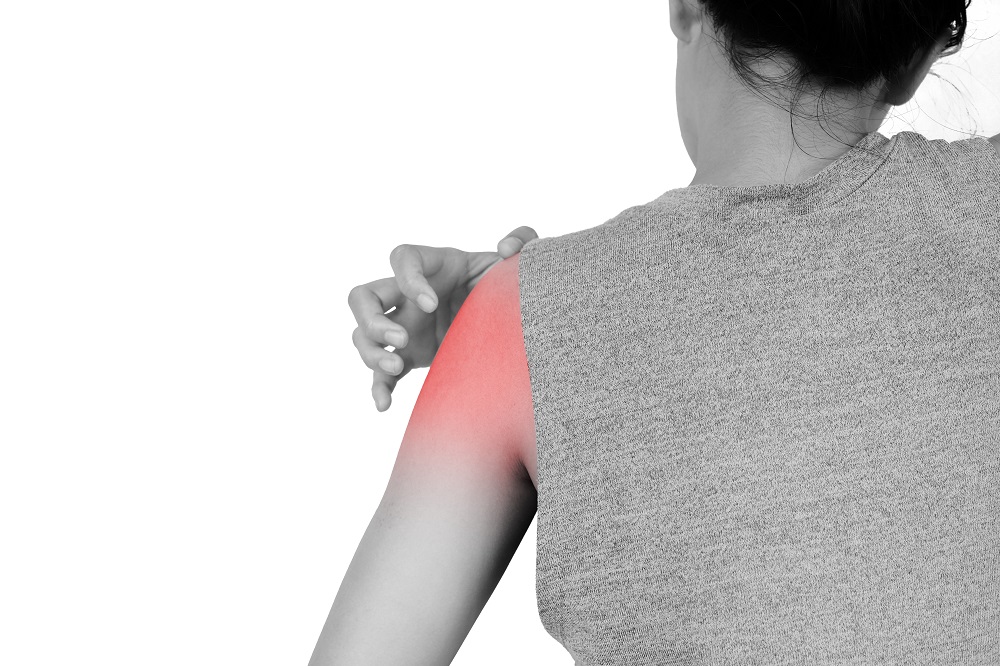The skin is the largest organ of our bodies and acts as the primary combat zone when it comes to warding off pathogens (disease-causing organisms) from outside.
The skin is only millimeters thick, even at its densest part. Yet those few millimeters of thickness are robust enough to protect our bodies against external aggressors. When this protective layer is compromised in any way, it can lead to skin conditions that need urgent care.
Our skin is amazing! It’s our outer layer, protecting us from disease and acting as an excellent indicator of our inner health. Pale skin can be a warning sign of anemia, while yellow skin is a symptom of jaundice.
Unfortunately, skin conditions such as rashes, breakouts, itchy bumps, and blisters are often overlooked as minor complaints. Although these conditions can cause discomfort and embarrassment for patients, they are often written off by health care professionals as unimportant.
So you may be wondering, can I go to urgent care for dermatology?
The answer is yes; skin conditions can present as medical emergencies requiring urgent care.
What dermatological conditions can be taken to urgent care? What are the symptoms and complaints? And how can you manage your skin issue until you can get to an urgent care center?
Read on to learn about urgent and non-urgent skin conditions so you can take care of yourself and your loved ones before you reach an urgent care center.
How to Recognize a Serious Skin Condition
Not all skin conditions need to be rushed to a clinic. However, there are vital warning signs that indicate if a skin condition requires medical care and if the situation is urgent.
Rashes
Rashes are a common skin condition and often minor. Many rashes can be managed at home or with a non-emergency visit to a medical professional.
Sometimes rashes can be severe or a symptom of a more urgent underlying cause. The following rashes require immediate medical care:
- Accompanied by a high-grade fever
- Covering 10% or more of the body
- Developing very suddenly and spreading rapidly
- Rash with pain that worsens despite management
- Purple spots on hands and feet
- Rash changing into blisters
- Accompanied by breathing difficulties and/or as tightness of the chest
- Accompanied by joint pain, headaches, tightness or swelling of the throat
- Signs of infection such as swelling, crusting, yellow or green discharge, and warmth of the surrounding area
- A rash that appears on a sensitive part of the body; around and on the mouth, the skin around the eyes, or the genitals
Poison Ivy
One of the most notorious skin rashes is caused by the poison ivy plant. All parts of the plant can cause inflammation on contact, which is why it’s so easy to get a rash from poison ivy.
There is oil in the plant that causes an allergic reaction to humans and many animals. On contact with poison ivy, it takes a matter of hours for the skin to become swollen with red itchy blisters.
Poison ivy can even trigger an allergic response when burnt if the fumes are inhaled. So be wary of how you dispose of this toxic plant. If poison ivy fumes are inhaled, contact a healthcare professional.
The poison ivy rash is not contagious, so it’s safe to help someone experiencing this rash without putting yourself at risk. Most poison ivy rashes can be treated with home-based remedies and should be fully healed after a few weeks.
A cold compress applied to the affected skin will relieve pain and itchiness. Use calamine lotion as soon as possible after exposure. Oatmeal baths are also recommended to help soothe the skin.
Some people are allergic to the poison ivy sap and may have a more severe rash. If someone suffering from a poison ivy rash experiences severe swelling or shortness of breath, they should seek medical care.
If the rash covers the face or mouth, a large percentage of a person’s body, looks infected, or doesn’t respond to at-home treatments, it’s time to visit a City Health Urgent Care clinic.
Oak and sumac can trigger a very similar reaction to poison ivy and are treated the same way.
Hives
Hives are our bodies’ allergic response to certain chemicals, foods, insect stings, or medications. Hives can also be caused by stress.
Hives usually appear unexpectedly and develop rapidly as pale or red itchy bumps or skin patches. In severe cases, the rash becomes swollen, blistered, red-colored welts. The inflammation is more pronounced on the upper parts of the body, like the face, mouth, and neck.
If you experience mild hives, there’s no need to go to a doctor. An over-the-counter antihistamine (non-drowsy) should clear them up quickly. If you prefer a more natural route, cold compresses and cold water or oatmeal baths will soothe the skin.
If you are experiencing stress-related hives, take some deep breaths, and try to calm down.
Hives usually go away on their own, but you should seek medical care if you experience severe discomfort. The swelling of the eyes and nose calls for emergency intervention.
If the rash is accompanied by dizziness, wheezing, or breathing difficulty, immediately seek urgent medical attention.
Shingles
Many people don’t realize that shingles and chickenpox are caused by the same virus: the varicella-zoster virus. If you had chickenpox in childhood, the virus might have lingered in the nerve endings in your body, in an inactive form.
Years and even decades after exposure to chickenpox, the shingles’ rash can suddenly develop. The virus multiplies and travels along the nerve pathways, leading it to appear on the skin.
When the shingles’ rash finally appears, it is very painful. The rash causes tingling or burning sensations in the affected area. The initial rash is followed by the development of blisters, which begin to crust as healing begins.
In rare cases, shingles rash is accompanied by a fever that indicates a bacterial infection.
Shingles is a recurring virus. Typically, the severity of shingles lessens with each episode, but primary outbreaks do require an urgent visit to a healthcare clinic.
Home treatments for shingles include cold compresses, oatmeal baths, and a healthy diet. While you can sometimes manage your symptoms at home, a medical professional should examine initial shingles outbreaks.
Our urgent care clinicians may prescribe you antiviral medications as well as pain killers. In the case of bacterial infection, your clinician will prescribe antibiotics.
The main potential complication from shingles is postherpetic neuralgia. This is a persistent pain that lasts even after the rash subsides. Over-the-counter topical analgesic creams like lignocaine gel or capsaicin help manage the problem at home. Some severe cases may require a prescription of tricyclic antidepressants from your urgent care specialist.
Impetigo
Impetigo is a highly contagious rash that appears as red sores around the mouth, nose, hands, or feet. This rash affects children more often than adults. The rash is contagious and easily spread through contact. It’s also susceptible to infection, which means it is more likely to need urgent care.
At-home treatment includes keeping the sores clean and covered with light gauze. Your health care professional may prescribe antibiotics to reduce the chances of complications like infection, transmission, and, in rare cases, cellulitis.
Swimmer’s Itch
As the name indicates, swimmer’s rash usually occurs after a swim in freshwater lakes or ponds. It is a parasitic infection caused when parasites in the water burrow their way under your skin. The parasites die but leave red, itchy raised spots on your body.
This may sound alarming, but don’t stress. Mild cases of swimmer’s itch usually resolve on their own within a week. Over-the-counter hydrocortisone cream helps relieve the irritation.
In more severe cases, the rash turns to skin abrasions, which may become infected, requiring a visit to urgent care.
Deep Cuts
While deep cuts may not be a medical condition, they are still a common reason for urgent care visits. They often need stitches. Some conditions and medications can exacerbate the cut, making it even more important that you seek medical attention.Predisposing Conditions
If you or a loved one are experiencing any of these skin issues and have a predisposing condition, you should seek urgent care.
If you have had recent surgery, these skin conditions could be more severe.
Anyone with a weakened or compromised immune system (including chemotherapy and post-chemotherapy patients and HIV positive patients) should seek immediate advice from a healthcare professional.
If you have a recent history of exposure to any toxic chemical, do not delay seeking medical advice.
A timely diagnosis and early management of these skin issues will be significant in your recovery process.
Seeking Urgent Care
If you or your loved one are experiencing any of these skin complaints accompanied by the warning signs, CityHealth Urgent Care can help.
Remain calm and book an appointment or contact us. Virtual visits are an excellent way to have your skin conditions diagnosed. Book a virtual visit today and speak to an Urgent Care professional from the comfort of your own home.
Not sure if your condition requires urgent care? A virtual visit is a perfect way to quickly and easily have your skin condition diagnosed.




